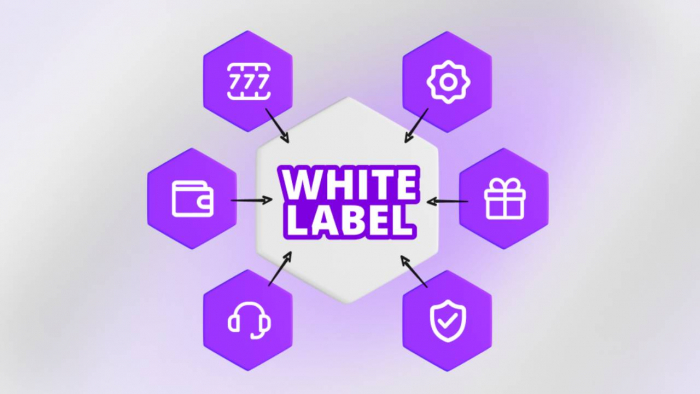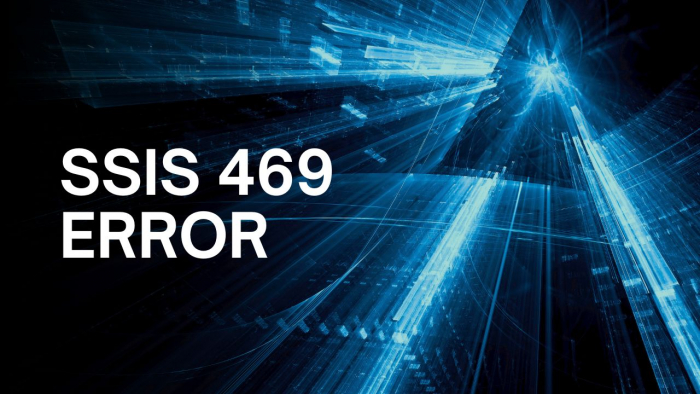When people think about productivity, they often imagine big changes like adopting new systems or hiring more staff. The reality is that most teams already have the right platform available, but only use a fraction of its power. Lark is one of those tools. Many see it as a place for chat and video calls, but its deeper features quietly take care of the tough, time-consuming parts of work that usually slow teams down.
In this post, we'll look at seven features inside Lark that lighten the workload and help you focus on what really matters. From project planning to knowledge management, these tools remove friction from daily routines.
Lark Base keeps projects and data in one place
Managing projects across multiple spreadsheets, files, and chat threads is stressful. Information gets duplicated, updates are missed, and progress becomes hard to track. Lark Base solves that by giving teams a single hub for data and tasks.
- Switch between spreadsheet-style tables, Kanban boards, or calendar views.
- Assign tasks directly inside Base, with status updates visible to everyone.
- Automate repetitive steps such as moving tasks between stages or notifying teammates of updates.
Instead of juggling five different tools, your team can see the full picture in one place. That makes it easier to stay aligned and avoid the mistakes that come from scattered information. This is also why many companies consider Lark among the best project management tools available today.
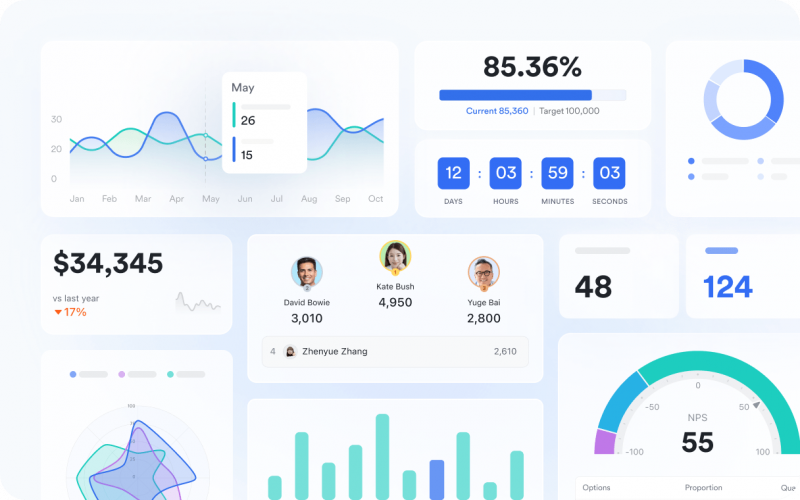
Lark Approval speeds up decision-making.
Every workplace is full of requests — for expenses, leave, project sign-offs, and more. When these approvals happen through email or messaging, delays pile up. Lark Approval turns that bottleneck into a smooth, trackable process.
- Employees submit requests through simple digital forms.
- Managers receive notifications and can approve or reject instantly.
- All actions are logged, so nothing gets lost or overlooked.
Approvals that once took days now happen in minutes. More importantly, projects don’t stall while waiting for a green light. With automated workflow in Lark, you can use Workflow or Automation in Lark Base to ensure processes move without interruption.
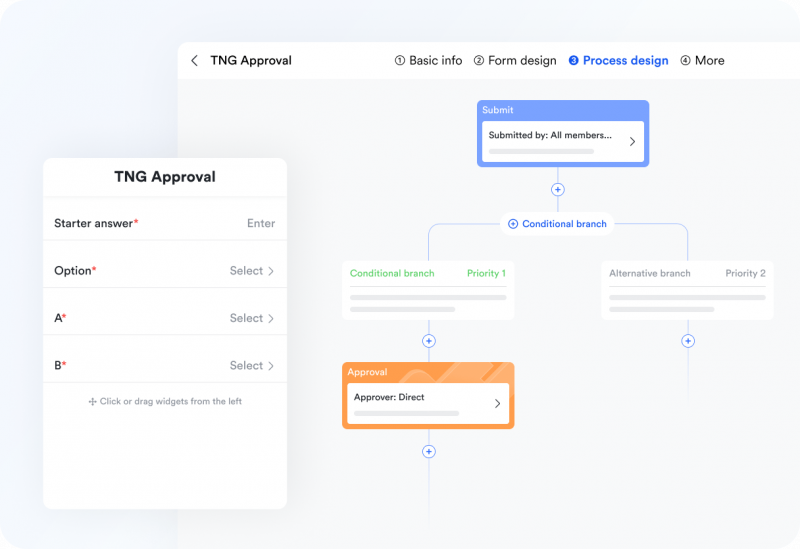
Lark Calendar removes the pain from scheduling
There are few time wasters as frustrating as trying to correlate a meeting with busy schedules. Too many emails are traversing back and forth, and I think about all of the potential confusion around time zones. The productivity is derailed before the meeting even begins. The Lark Calendar solves this issue by:
- Displaying real-time availability of colleagues
- Enabling quick scheduling from Messenger chats—open the Calendar panel, adjust the options like title, time, video meeting, location, link to the existing document, and share the invite back into the conversation
- Providing links to notes from Docs directly at the calendar event
Scheduling becomes a two-click event instead of a half-day affair. Small efficiencies like these can add up, especially for teams that work collaboratively in different regions.
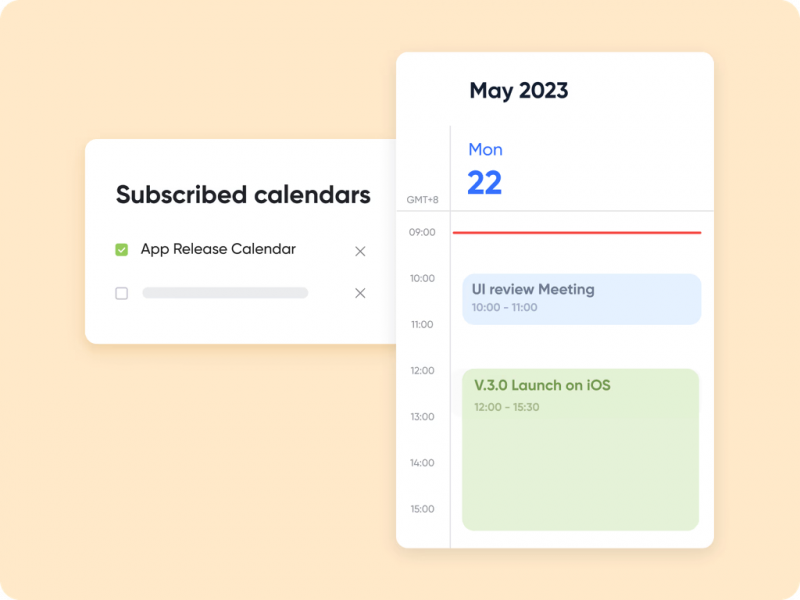
Lark Docs & Lark Wiki keep knowledge accessible
Using valuable time each year to figure out the right file or policy. Lark avoids this issue using a two-part approach. Docs allow writing, editing, and real-time collaboration, and Wiki allows you to organize final versions, policies, and resources that need to be used for the long term.
- Drafts, outlines, and brainstorming can stay in Docs.
- Handbooks, playbooks, and official materials can be found on Lark Wiki.
- Links allow you to keep everything tied together for context.
This creates a stable place within your organization where you won't have to dig through needless emails asking where you put "that one document". Knowledge is organized, retrievable, and accessible to everyone.
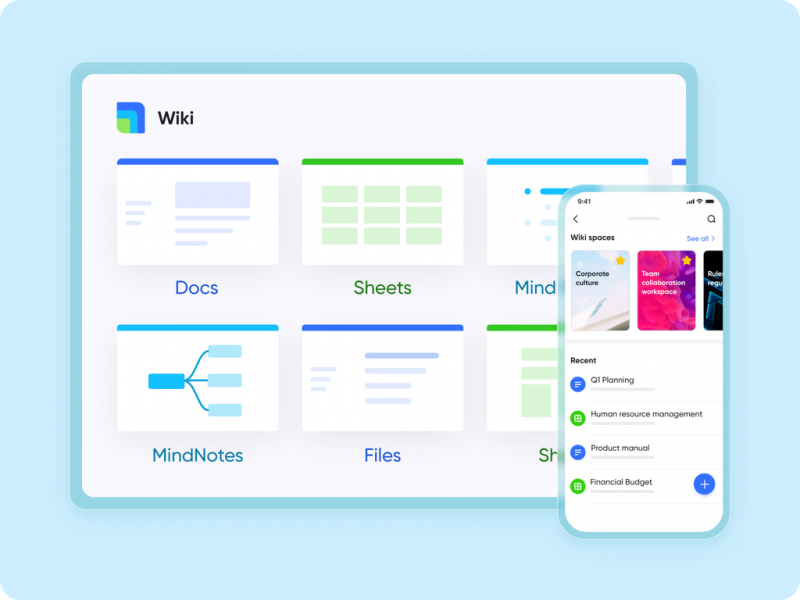
Lark Forms closes the loop on feedback
Collecting input from employees or customers often requires third-party tools or messy email threads. Lark Forms streamlines the process right where work already happens.
- Create and share forms directly in Messenger.
- Track responses instantly.
- Export data into Base for structured analysis.
Whether it’s gathering event RSVPs, team feedback, or survey data, Forms cuts out unnecessary tools and keeps results linked to your wider workflow. That saves time and ensures input doesn’t disappear into silos.
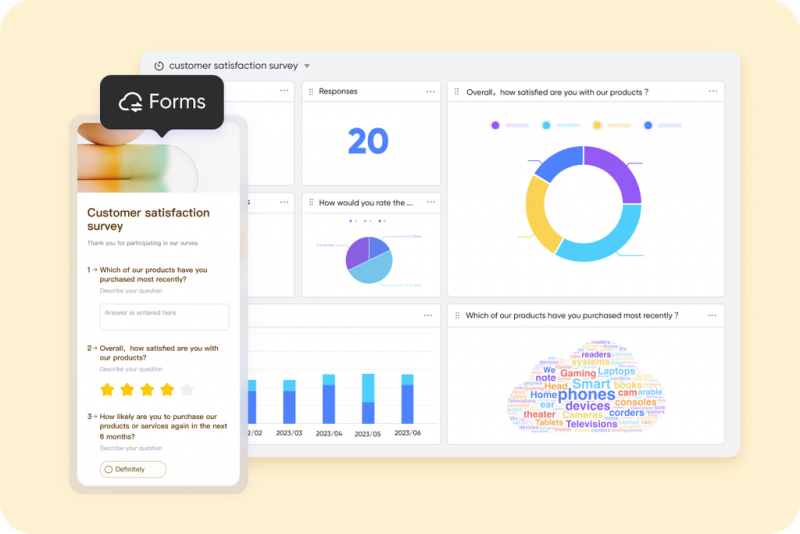
Lark Messenger does more than chat
Messaging apps are everywhere, but Lark Messenger is designed with productivity in mind. It goes beyond casual conversation to directly connect communication with action.
- Pin key messages for quick reference.
- Use search to instantly retrieve past discussions.
- Turn conversations into tasks or create events directly from the chat.
By tying chat to tasks and schedules, Messenger helps teams avoid context switching across multiple platforms. Work flows naturally from conversation to execution.
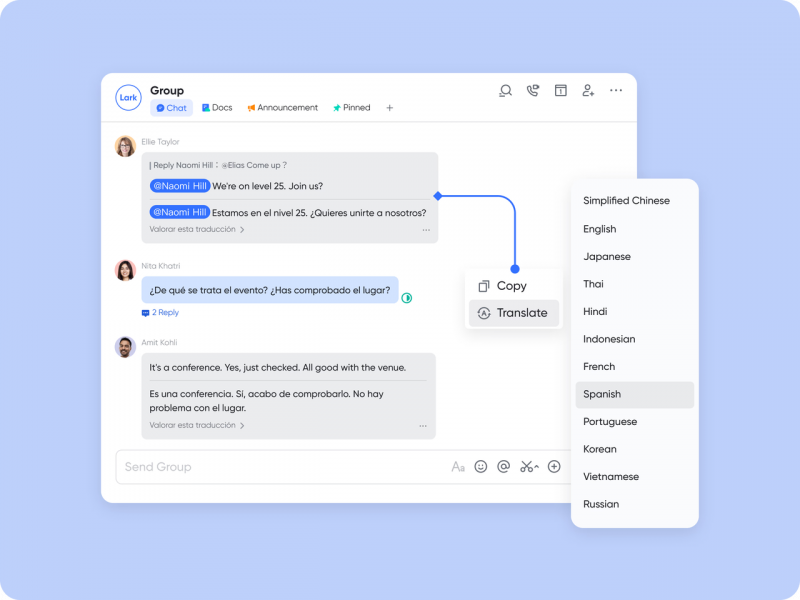
Lark Meetings makes collaboration smoother
Not every meeting requires long calls or repetitive updates. Lark Meetings focuses on efficiency and clarity, so sessions are useful rather than draining.
- Generate transcripts and highlights automatically.
- Share recordings directly in Messenger.
- Connect action items to Docs for clear follow-up.
This way, people who miss a call can still stay informed without extra effort. Teams spend less time rehashing old conversations and more time moving forward.
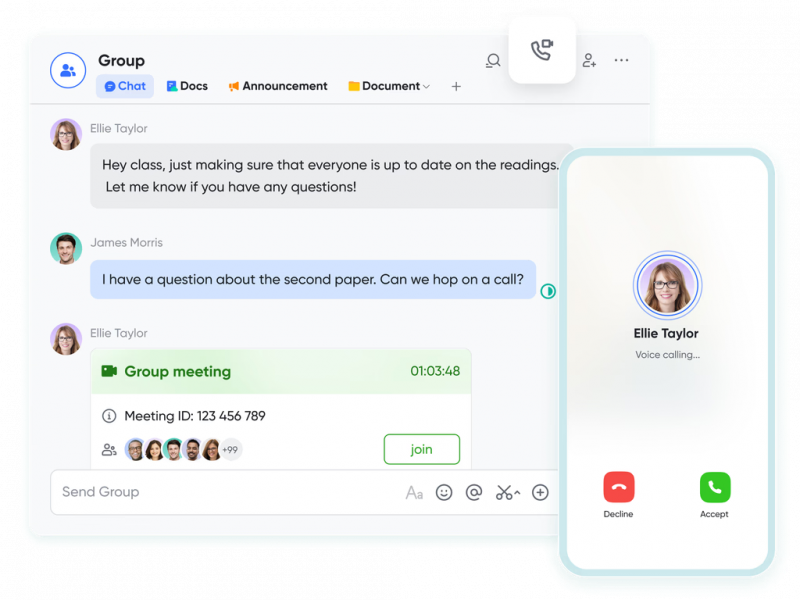
Conclusion
The most complex parts of work are often the ones that don't feel like working at all — chasing approvals, digging for files, trying to align schedules, or managing scattered data. These tasks drain energy and focus, leaving less room for meaningful projects. Lark quietly removes those barriers.
From project management tools like Base to everyday helpers like Messenger and Calendar, each feature is built to save time and reduce frustration. With automated workflow in Lark, you can cut out the delays that usually hold teams back.
In the bigger picture, Lark is more than just another app. It is the business process management software that helps growing teams handle complexity without adding more tools to the stack. That is how you stop wasting time and start making real progress.
Post Comment
Be the first to post comment!




